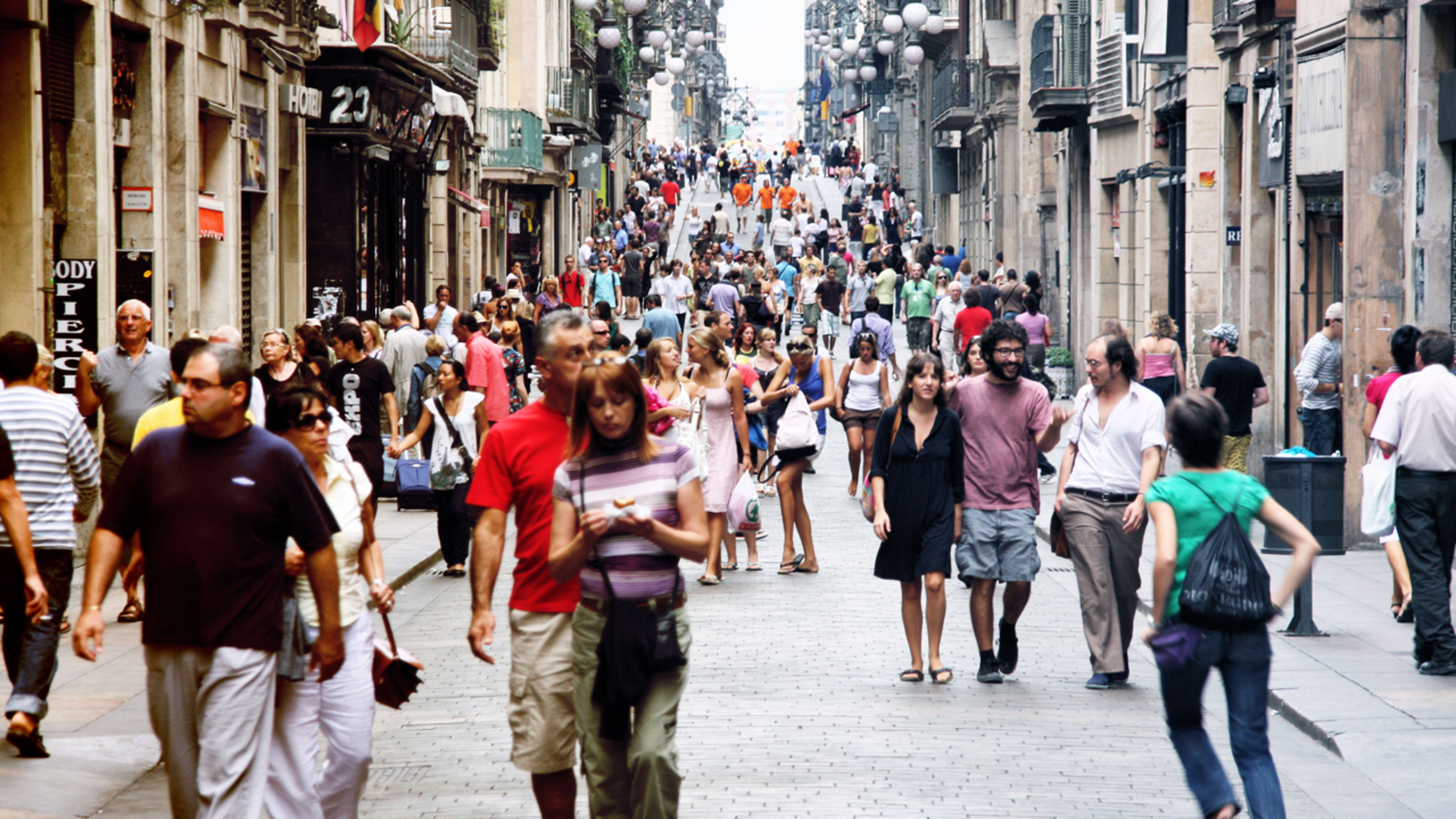You may not know the name Maponics, but chances are, you use the company’s services. Maponics provides mapping data–such as boundaries of neighborhoods, schools, ZIP codes, and subdivisions–to all sorts of map-hungry companies, including Twitter, Foursquare, Google, and Trulia. Now Maponics is expanding into providing walkability data with a new tool that measures factors that other tools often fail to consider: proximity to amenities and accessibility.
When Maponics launched 12 years ago, it focused on building and defining databases of local areas. The classic example, says CEO Darrin Clement, is a neighborhood. Where does New York City’s Chinatown start and stop? There aren’t formal boundaries, so Maponics has to come up with them. “We have a database to define these boundaries, called geofences,” explains Clement.

More recently, the company has started adding more information to its database–whether a certain neighborhood is more or less likely to have foreclosed homes, for example. One Maponics tools can break down neighborhood demographics data into 300 granular points and 19 categories, including population, ethnicity, race, education, and age group.
With its newest tool, Maponics measures walkability in three categories: overall walkability, proximity to amenities (i.e. shopping centers, dry cleaners), and proximity to leisure (i.e. social and cultural options). When considering walkability, the company runs simulations through the road network to figure out how walkers get where they want to go. “It’s not just a matter of measuring proximity. It’s accessibility. Can you get to places, or do you need to cross highway?” says Clement. “It’s no good if there are multiple complex intersections.”
In addition to walking, Maponics is also scoring other mobility options, including biking (elevation is taken into account), and public transportation (both how close various options are and where they go).
This isn’t a consumer-facing tool, but you might have access to it through other services. The tool is geared in particular towards the real estate space, where perceptions about modes of transportation and access to amenities affects where people want to live as well as home prices.
Clement believes that mobile marketing companies will also be interested. “Mobile ads are still trying to feel out how to get a winnable model,” he says. “The more information they can have about where a mobile user is and whether they’re more likely to respond to some offer or notification, to be able to walk versus have impediments to walking, the better.”
Recognize your brand’s excellence by applying to this year’s Brands That Matter Awards before the final deadline, June 7.
Sign up for Brands That Matter notifications here.
